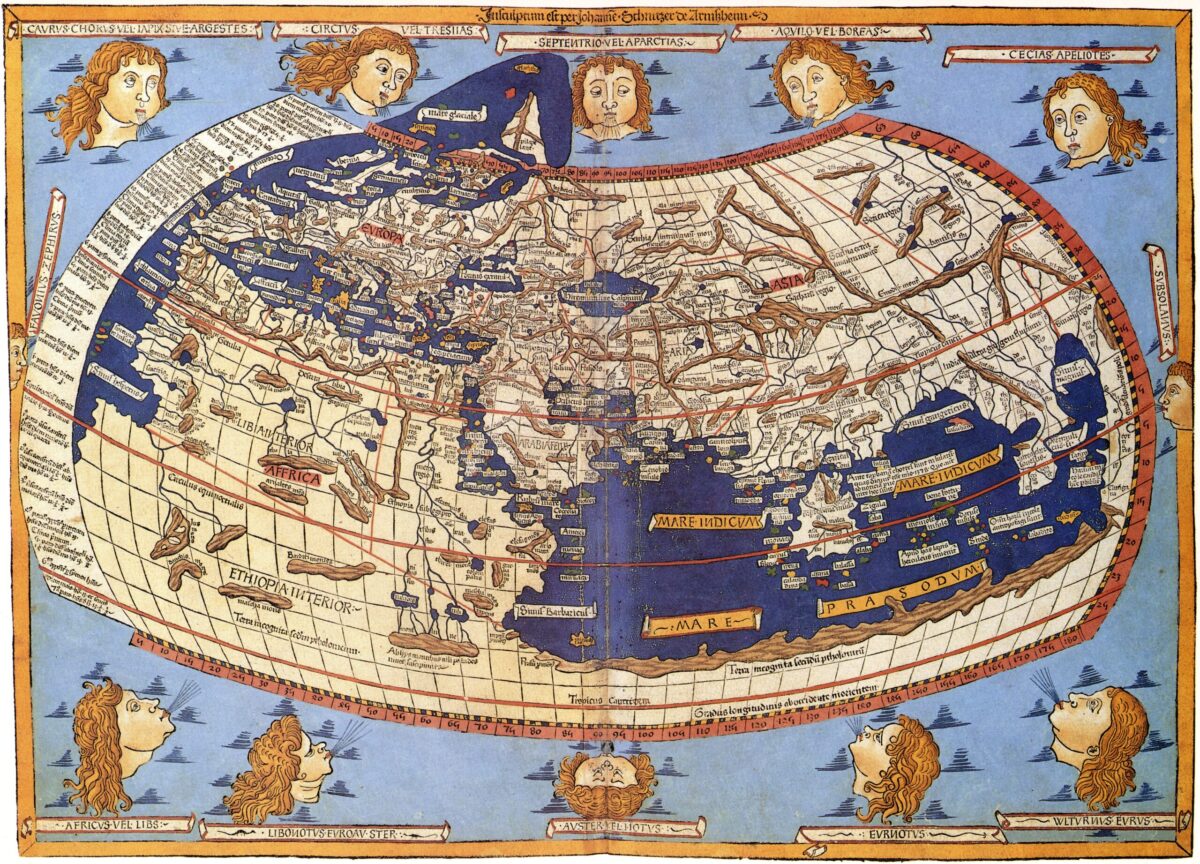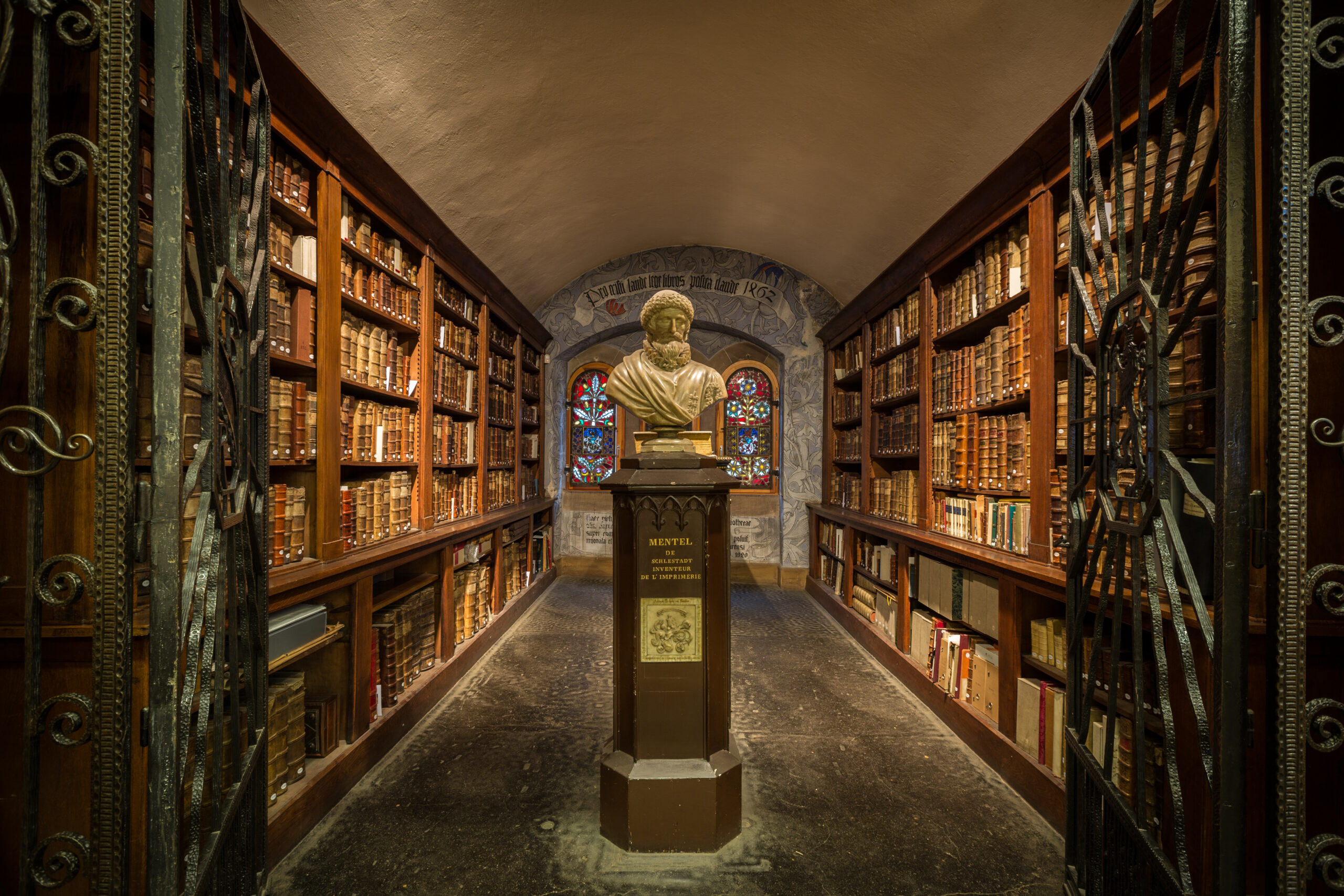
Pareidolia pervades much of my art. It remains one of the most striking phenomena which I experience during the creation process, and has become somewhat second nature for me over time.
What is it?
Pareidolia is when your imagination sees things in objects which aren’t necessarily there. Examples of pareidolia are cloud watching, seeing a man in the moon, or looking at a house and seeing a face. Our brains are wired to pick out patterns and meaning out of randomness, like in a Rorschach blot test. In fact, this test takes advantage of pareidolia. Facial pareidolia is even more prevalent because our brains are adaptive and sensitive to identifying faces, even as infants. Pareidolia is why a Christian might see an image of Jesus in a burned piece of toast. People tend to interpret new, unseen, and unrelated objects through the filters of what is familiar to them. I believe that the phenomenon of pareidolia is a useful way to bring unconscious materials from the depths of our consciousness up to the surface. This can be extremely valuable not just therapeutically, but also artistically and creatively. It allows us to bypass filters in our consciousness.
When I first started getting back into making art long ago, experiencing pareidolia was one of the things which astounded me the most and got me the most excited about making art. I would see faces, objects, shapes, entire dramas of form and color, in the random noise of drippy paint splatter. After the awestruck amazement I experienced faded a bit, I soon realized I was uncovering aspects of my unconscious though the art which I was making. This excited, and also terrified me. What would I find buried within the tombs of my own subconscious? What kinds of things had been buried in the catacombs of my mind? Traumas, fears, deep yearnings, dreams, ancient data from past lives, the awakening of ancestral DNA, all of the above?
I started thinking of art making as more like an archaeological dig.
In my artistic explorations, I would uncover mythical objects of my unconscious as they would appear within the splashes of color. I didn’t know what I was doing most of the time and never went in with a plan, so I was continually surprised by the results. Nowadays, I have become more comfortable traversing this space and allowing my unconscious out of its proverbial cage to play and teach me things. Play is essential for me to enter into a flow state.
Pareidolia is still something which infuses my artwork even though I have grown and changed much over the years. The more I practiced making art spontaneously, the more I have become comfortable with interacting with my unconscious mind and encountering the often beautiful and sometimes terrifying things which seem to live within it. Slowly, I have explored the dungeon depths and mapped out various sections of unconscious and imagination, and I have learned so much about myself in the process. It has been therapeutic for sure.
Nowadays, I try to bring a more balanced intention into my creative process by planning pieces out and applying techniques more mindfully, but I always leave room for the magic of pareidolia. Sometimes, letting go of your mind just enough to let inspiration in allows for miracles to happen.

